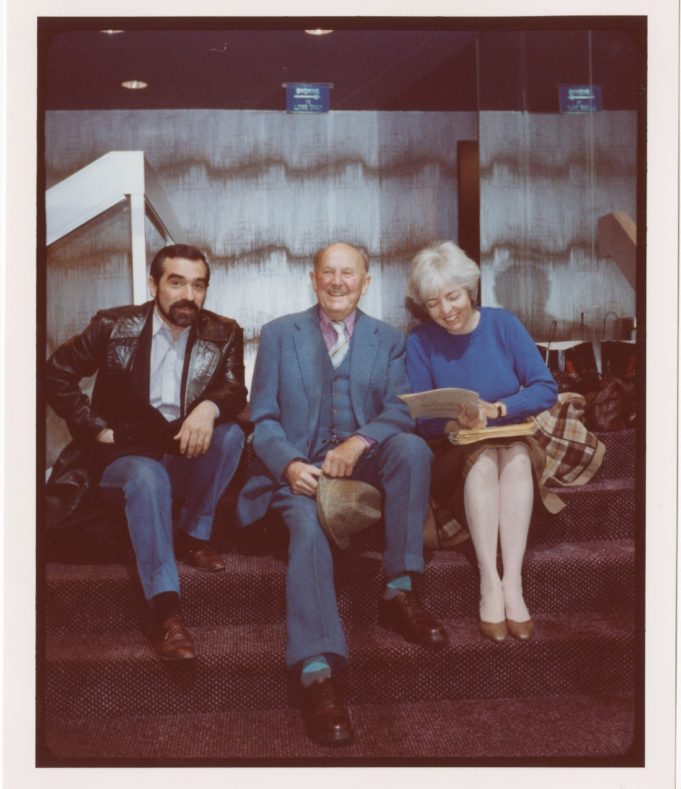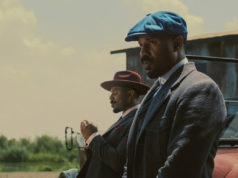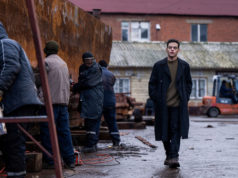Last fall I remarked that Martin Scorsese would have made a great film critic. You can see what I was talking about this weekend as he narrates the documentary Made in England: The Films of Powell and Pressburger, which plays at the Modern Art Museum of Fort Worth. Ironically enough, it’s not that strong a piece of criticism — Scorsese’s overview of these great mid-century British filmmakers contains relatively few thunderbolts of revelation. It’s still enough to be essential viewing for anyone who cares about filmmaking.
The creative partnership was one of those meetings of unlikely kindred spirits. Michael Powell was a lifer who bypassed a university education to work in the British film industry, with a fondness for remote parts of his country and incredible visual flair behind the camera. Emeric Pressburger was the writing half of the team (though they were both credited as writers and directors), a Hungarian Jew who fled the Holocaust and landed in London without speaking a word of English. Together, their films were both homespun and cosmopolitan, and they managed to retain their creative freedom and independence within the confines of the British industry for decades. The title Made in England refers to the fact that the two were once thought of as quintessentially British filmmakers. That label never really fit them, because their movies were too good and too weird to be pigeonholed that easily. They aspire to the condition of opera, with monumental set design, lush colors, and performances that are just this side of overheated.

I must confess that I don’t share Scorsese’s fondness for I Know Where I’m Going! Storywise, it’s basically identical to every romantic comedy about some city type who goes to the hinterlands (Scotland, in this instance) and is impressed by the decency of the simple rural folk she meets. What distinguishes it from some Netflix movie of the week are the lead performance by Wendy Hiller (maybe the greatest British actor whom nobody talks about anymore) and the bravura climactic sequence when our main characters almost die boating to one of the Scottish isles.
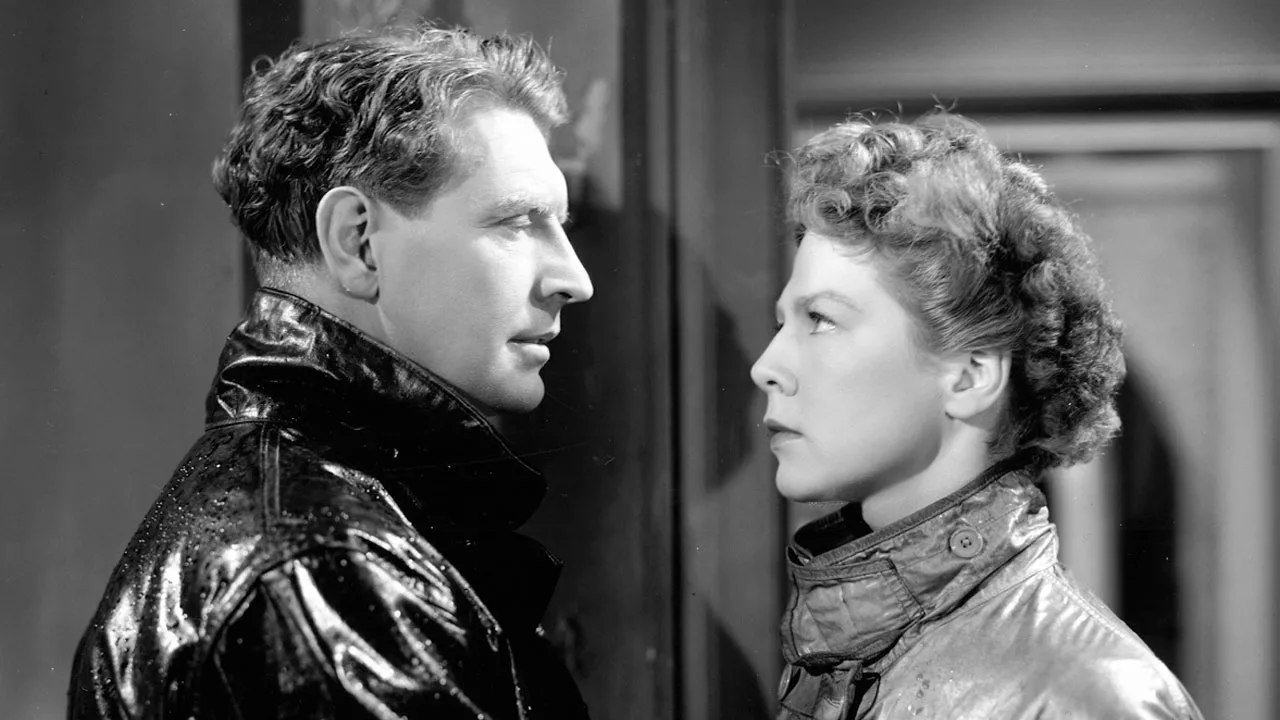
The same goes for The Red Shoes. I saw it for research purposes just before I reviewed Black Swan, and the story put me off, what with its overtones of a woman needing to die if she wants both a career and love. (The male anxiety about women taking up careers in the aftermath of World War II rears its ugly head here.) Then again, I remember the words of Mark Cousins about why so many women watch Gone With the Wind when that film’s narrative relentlessly punishes Scarlett O’Hara: The visual style of Victor Fleming’s epic overwhelms the story in the eyes of that movie’s fans. For the same reason, that’s why The Red Shoes and its wild, lurid colors inspired untold numbers of girls to take ballet lessons.
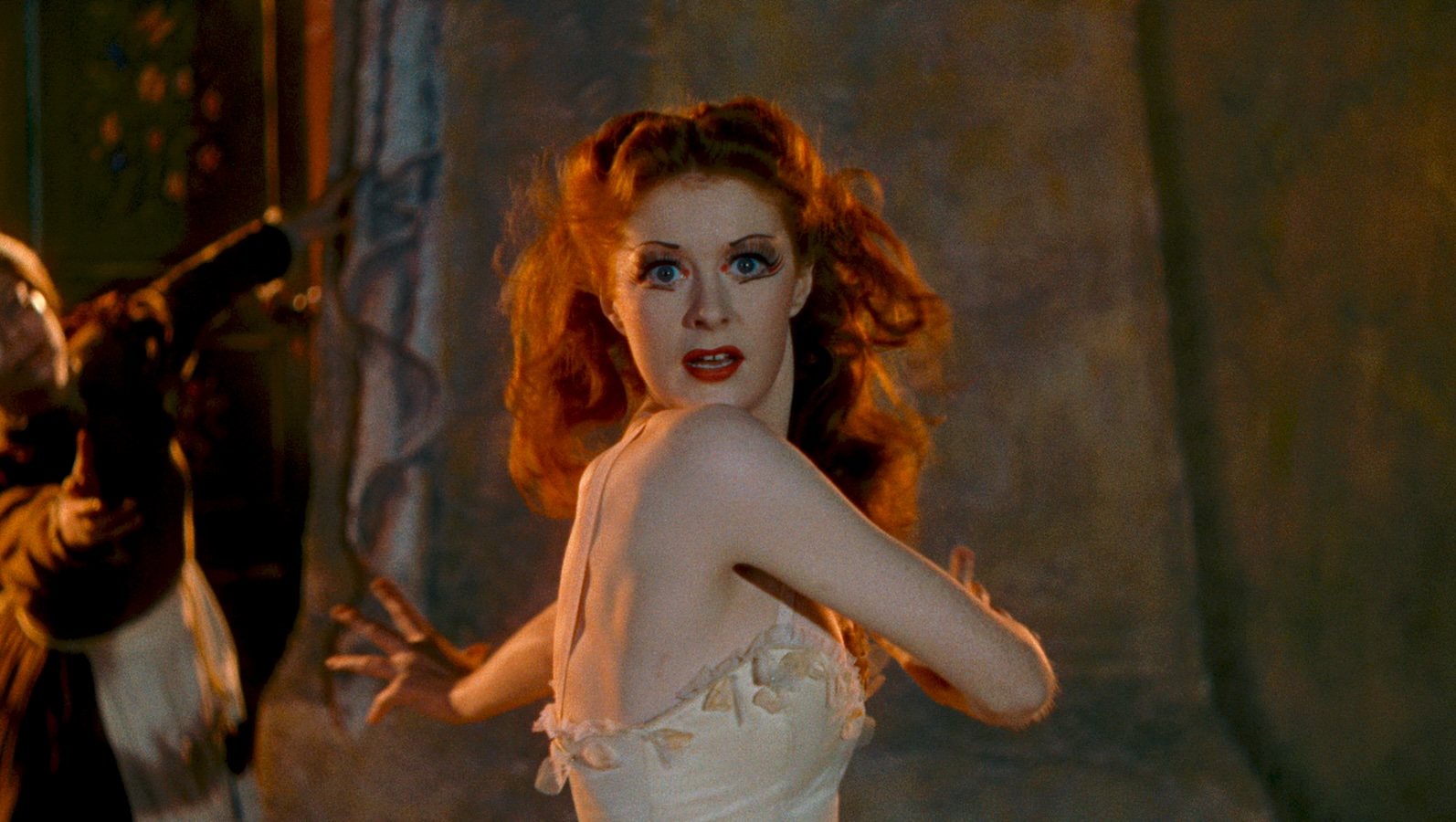
Scorsese makes brief mention of Age of Consent, which Powell made on his own as his last work in 1969. It’s about a middle-aged Englishman who becomes infatuated with an Australian teenager, and it’s mainly notable for the presence of 26-year-old Helen Mirren (with a wobbly Down Under accent and unshaven legs) as the girl. James Mason stars in it, and his turn only reminds you that he did the story much better a few years before in Stanley Kubrick’s Lolita.
So much for the Powell-Pressburger films that don’t do it for me. Scorsese’s look at some of the more obscure entries in their catalog makes me want to see The Small Back Room, a 1950 portrait of an alcoholic amputee that tells the story without the visual pyrotechnics that usually accompany their films.
Scorsese is eloquent on The Life and Death of Colonel Blimp, citing the 1943 epic as one of those movies that get better as you get older. He’s particularly strong as he draws parallels with how the film influenced his own visual touches in Raging Bull and The Age of Innocence. I reviewed the film here some years back, and its story of a British military officer’s decades of life feels like an epic, thanks in no small part to Roger Livesey’s performance as a man who’s a cartoon as a military officer but a figure of pathos as a man who let the woman he loved get away because he didn’t realize he was in love. Scorsese also refers to how Powell and Pressburger refused to demonize the German characters even while Britain was fighting the Nazis, and I recall the beautiful speech that Anton Walbrook gives as a German who watched his sons become loyal Hitler supporters and is now seeking to become British.

If Colonel Blimp gradually accrues power as it goes, Black Narcissus is the opposite, a feverish hallucination of a movie where there’s so much repressed sexuality that it spills into the rioting colors of the Himalayas where a group of Anglican nuns seeks to spread the word of God. (It’s hard to imagine that Powell and Pressburger entirely shot the film in London studios.) Jean Simmons in brownface as an Indian girl is a regrettable piece of whitewashing, but the force of the storytelling and the nuns’ heavy-breathing physical desire for the local agent (David Farrar, who spends the entire film wearing very short shorts) gives the movie its power. His presence becomes a point of contention between the head of the abbey (Deborah Kerr) and a nun (Kathleen Byron) who tips over into madness with frustrated love and lust. The climactic life-or-death struggle between them remains one of the scariest things I’ve ever seen on film. The Rumer Godden novel that the film was based on was made into a TV series that you can see on FX, and it is mightily pale in comparison.

Another masterpiece of theirs is Peeping Tom, which Powell directed alone and which effectively killed off his career. The film was denounced on the floor of Parliament, received poisonous reviews from critics, and kicked up such a controversy that everybody in Britain ignored Alfred Hitchcock’s Psycho when it came out around the same time. The film now stands as one of the all-time great serial killer films (along with Psycho and The Silence of the Lambs), with a blood-freezing performance by Karlheinz Böhm, who spent most of his career playing romantic leads. Here he plays a focus puller for film productions who spends his off hours murdering women with his camera, which has a long blade attached underneath the lens and also has a distorting mirror mounted on top so his victims can watch themselves in their last moments of life. No wonder the movie is a touchstone for male gaze theorists.
What made it so reviled in its time? Partly it was daring to show the sleazy side of London as a place with sex shops and prostitutes, but mostly it was because the movie says some really unflattering things about people who make movies and people who watch movies. You need a good dollop of sadism in your soul to do either, says Peeping Tom. Whether it’s the soldier hero killing enemies overseas or the romantic comedy heroine leaving the guy who’s wrong for her, we take pleasure in people inflicting pain on others. Even in a case like a drama when the traumatized protagonist remembers the terrible thing that happened to him, we may not be taking pleasure in his torment, but we take pleasure in seeing the actor bring his skill to bear in enacting it, and the two things aren’t as far apart as we might like to think.

As for the sadism of making movies, Scorsese leaves out a horror story behind the horror story: Powell cast himself in Peeping Tom as the killer’s abusive psychologist father, who studies fear by terrorizing his son. The flashbacks were staged when Powell threw actual live snakes into his own son’s bed while he slept and filmed the boy’s terrified reactions.
That’s the same guy whom Scorsese remembers as a kind counselor in the 1980s when Scorsese was going through hell in his own personal life. I wish Scorsese had thought to reconcile those aspects of the man. His personal memories of the man (whom he wrote a fan letter to and later met when Powell was in creative exile) are some of the strongest things here, and I would have liked more about how Powell and Pressburger’s films touched the hearts and blew the minds of Scorsese and his film-school friends like Francis Ford Coppola and Brian de Palma.
As Scorsese points out, the British New Wave of the 1960s and its taste for kitchen-sink realism may have consigned Powell and Pressburger to the past, but their influence came roaring back in the slick commercial films of Ridley Scott, Alan Parker, and Adrian Lyne. Then, too, they show up in the sexual liberation of Ken Russell and the sexual repression of Terence Davies. We still see their influence today in the black-and-white nightmares of Robert Eggers (The Lighthouse is disturbingly close to Powell’s early crime thriller The Phantom Light), the red-soaked hallucinations of Nicolas Winding Refn and Panos Cosmatos, the psychological acuity of Emerald Fennell. Powell and Pressburger were showmen who took care to dazzle the crowds, but they seldom forgot the desires and cares of the human beings at the center of their entertainments. So their films are still vital, energetic, overwhelming experiences to watch today.
Made in England: The Films of Powell and Pressburger
Starring Martin Scorsese. Directed by David Hinton. Not rated.



